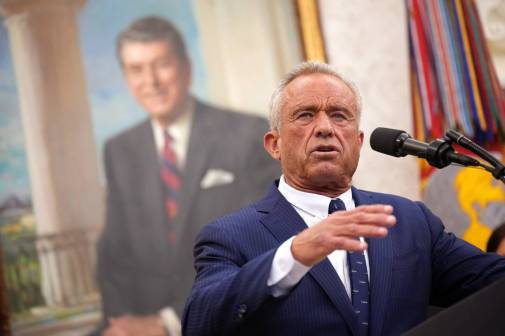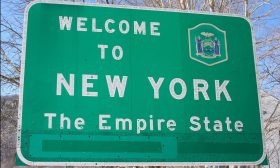New York Fire Department putting RFID tags on firefighters

The Fire Department of New York is now using radio frequency identification tags on firefighters that allow the city’s operations center to see where each is located during an emergency.
David DeRieux of the U.S. Naval Research Laboratory Space Systems and Michael Manning of Manning RF developed the system in partnership with FDNY to give city officials a digital presence of firefighters on the job that can be tracked and used to help coordinate response during an emergency, along with tracking firefighters who might be in danger.
NRL’s system is based on an active radio frequency identifier (RFID) tag carried by each firefighter, similar to E-ZPass or how retail tracks inventory. “It’s in a little sealed plastic—it looks like a little key fob, actually,” said George Arthur, an NRL engineer who contributed to the project. “They’re positioned over the left breast, inside the bunker coat in a little Kevlar pocket that’s sewn in there. And it just sends out a little ping every five seconds: here I am, here I am, here I am.”
The system is installed on 15 of the city’s firetrucks, which act as a relay system to the city’s command center. A radio receiver on the vehicle picks up the pings and builds a table of identifiers.
“As soon as [the driver] turns the ignition on, this thing comes up,” DeRieux said. “When they get on the scene, everyone takes off, they all disappear. Then eventually they come back for a roll call situation, and the captain can tell instantly everyone is within so many feet of the truck.”
The tags are active RFID; so, unlike passive RFID, the batteries will run out in three to four years, depending on how often they’re programmed to transmit.
This is a vast improvement on the paper ride list the department used before the Sept. 11 attacks in 2001. The system went through years of development before becoming reality, but that process led to other developments as well.
Working with FDNY led to an unexpected spin-off: the city liked the program’s interface so much, they asked NRL to make a similar drag-and-drop program they could use to schedule personnel assignments. “Now EBF4 is the standard scheduling tool New York City uses for their firefighters,” Arthur said. “NRL wrote it.”






